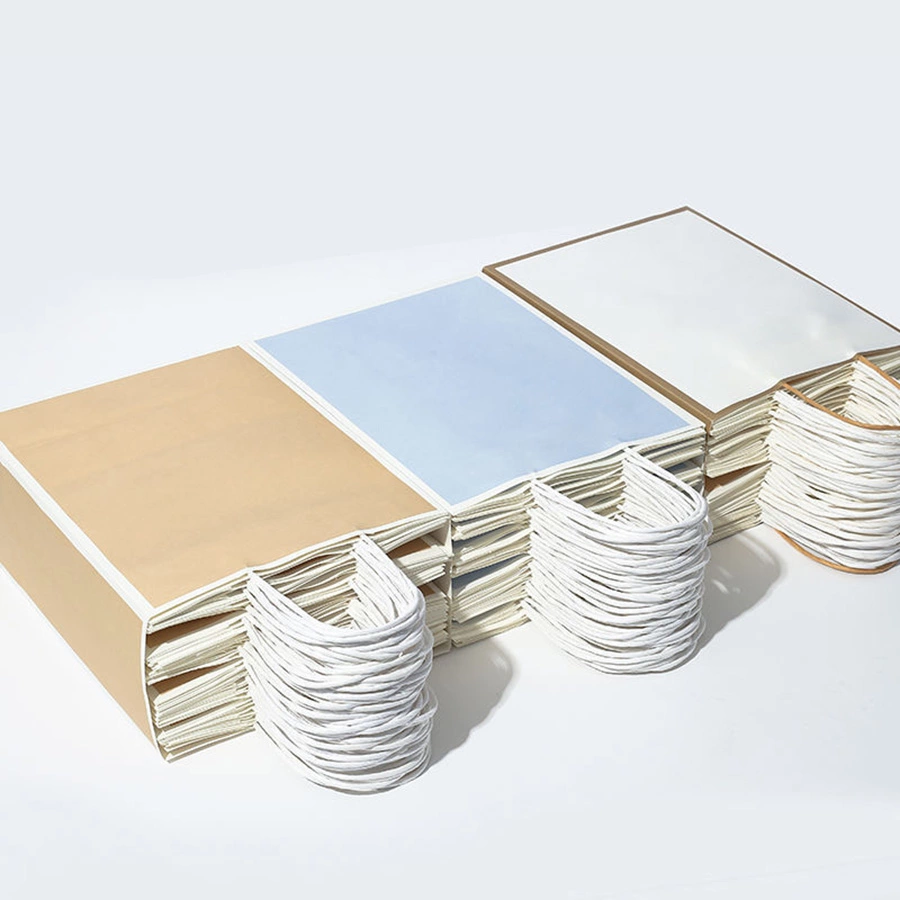The Evolution Of The Paper Bag
 use them to carry department store purchases, and we use them to pack our kids' lunches. Retailers use them as a blank canvas for branded product packaging. Creative "trick-or-treaters" even wear the masks on Halloween. It's easy to forget that someone invented them a long time ago!
use them to carry department store purchases, and we use them to pack our kids' lunches. Retailers use them as a blank canvas for branded product packaging. Creative "trick-or-treaters" even wear the masks on Halloween. It's easy to forget that someone invented them a long time ago!Like the best inventions, the paper bag fulfilled a need people didn't even know they had. Before the advent of paper bags, baskets, bowls and other containers were the primary storage solution in every home and store. As you can imagine, the invention of this convenient disposable container was revolutionary. Merchants could stack these bags in their stores, and their low cost and ease of use made them available even to shoppers of modest means.
So how did this seemingly ordinary invention win a place in the hearts (and hands) of ordinary consumers? A look back at the history and evolution of the paper bag can provide some clues.
For centuries, sacks made of jute, canvas and coarse sacks were the primary method used throughout the British Empire to contain and transport goods. The main advantage of these materials was their sturdy and durable nature, but their production proved to be both time-consuming and expensive. Paper, on the other hand, was much cheaper to produce and soon became the pre-eminent material for manufacturing sacks along trade routes.
Since their introduction in the 19th century, paper bags have undergone several upgrades thanks to some clever innovators. 1852 saw the invention of the first machine for mass-producing paper bags by Francis Wolle. While Wolle's paper bag looked more like a large mailing envelope than the grocery store staple we know today (and thus could only be used to carry small items and documents), his machine was the catalyst for the mainstream use of paper packaging.
The next major step in paper bag design came from Margaret Knight, a prolific inventor who was working at Columbia Paper Bag Co. There, she realized that a square-bottomed bag was more practical and efficient than Wolle's envelope design. She invented the paper bag-making machine in an industrial shop, paving the way for widespread commercial use of paper bags. Her machine proved so profitable that she subsequently founded her own company, Eastern Paper Bag Company. When you buy food home from the supermarket or buy a new set of clothes.

These square-bottom bags are still missing one of the classic components we know and love about today's paper bags: the pleated trim. We can thank Charles Stillwell for this addition, which makes the bag foldable and thus easier to store. A mechanical engineer, Stillwell's design is often referred to as the S.O.S. bag, or "self-opening bag".
In 1918, two St. Paul grocers named Lydia and Walter Deubener came up with an idea to further improve on the original design. the Deubeners punched holes in the sides of the paper bag and tied a string to the bottom of the bag, which doubled as a handle and reinforcement material. They found that customers could carry nearly 20 pounds of food in each paper bag. At the time, pay-as-you-go groceries were replacing home delivery, which proved to be a crucial innovation.
Throughout its history, the paper bag has gone from innovator to innovator, improving it time and time again to make it easier to use and cheaper to produce. However, for some savvy retailers, the paper bag represents more than just customer convenience: it has also become a highly visible (and very profitable) marketing asset.

For example, Bloomingdale's (Bloomingdale's) with its "Big Brown Bag" (Big Brown Bag) to breathe new life into the classic style. Marvin S. Traub's simple, appealing and iconic transformation of the Kraft handbag created the department store into the behemoth it is today. Apple, meanwhile, opted for a sleek white version with the company's iconic logo (a design so groundbreaking that they boldly decided it deserved its own patent).
Despite the plastic flooding the market, paper bags persisted and proved their worth as a reliable, affordable, customizable solution for small and large businesses alike. Feeling inspired? Create your own custom paper bags with Paper Industry today!
Next: The Importance Of Paper Bags
Previous: Types Of Printing